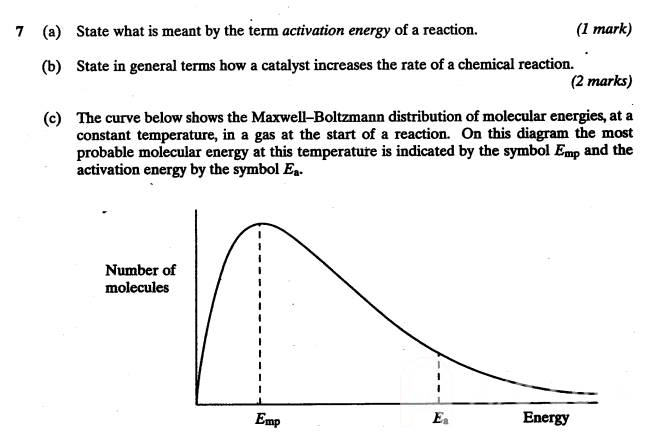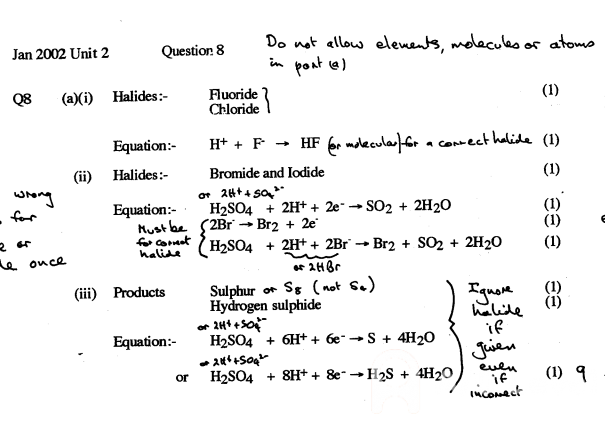As we all know, the British A-level entrance examination is the only way to enter British colleges and universities, so we naturally can not underestimate it. We suggest that students can strengthen the practice of the real A-level examination questions and make clear the specific information of the registration of the British A-level examination in advance.

The oxidation and reduction reaction is one of the most important reactions in Level organic chemistry, because the oxidation products of alcohols and alcohols, aldehydes, ketones and carboxylic acids, are three kinds of organic reagents frequently used in organic synthesis. This reaction is also the main way to prepare aldehydes, carboxylic acids and ketones in industry. The products obtained under different conditions are different, but the principle is the same. Here is a systematic summary.
1. Oxygenation is dehydrogenation or deoxygenation.
Alcohols can be classified into primary, secondary and tertiary alcohols according to the number of alkyls on the carbon linked to - OH. For primary alcohols, one hydrogen is removed from each of the groups of - OH and the carbon connected with - OH to form - CHO, i.e., the oxidation product is aldehyde. Aldehyde can be further oxidized to form an oxygen atom into carboxylic acid. For secular alcohol, dehydrogenation is similar, but ketone is obtained. Ketone is difficult to oxidize because there is no hydrogen on the carbon atom in - C = O. For tertiary alcohol, it is difficult to oxidize because no hydrogen can be removed from the carbon connected with - OH.

The commonly used oxidants in organic chemistry are acidified KMnO4, K2Cr2O7, Tollen and Felhin reagents. Among them, acidified K2Cr2O7 is often used to distinguish primary secular alcohol from tertiary alcohol, that is, to make it from green to orange primary or secular alcohol. Tollen and Felhin reagents are mainly used to distinguish aldehyde from ketone. Aldehyde is formed by silver mirror after adding Tollen reagent or brick red precipitation after adding Felhin reagent.
2. Deoxygenation by reduction
The commonly used reductants in organic chemistry are H2 (requiring catalyst) and LiAiH4, NaBH4 strong reductant. Alkenes and alkynes are reduced to corresponding alkanes, and alcohols are obtained by reduction of aldehyde and ketone. All of these are obtained from hydrogen.

In addition, Xiaobian here also recommended quality A-Level International High School to parents and friends, hoping to help children who intend to study in the United Kingdom, if you want to consult more A-Level exam content, you can consult us online!



